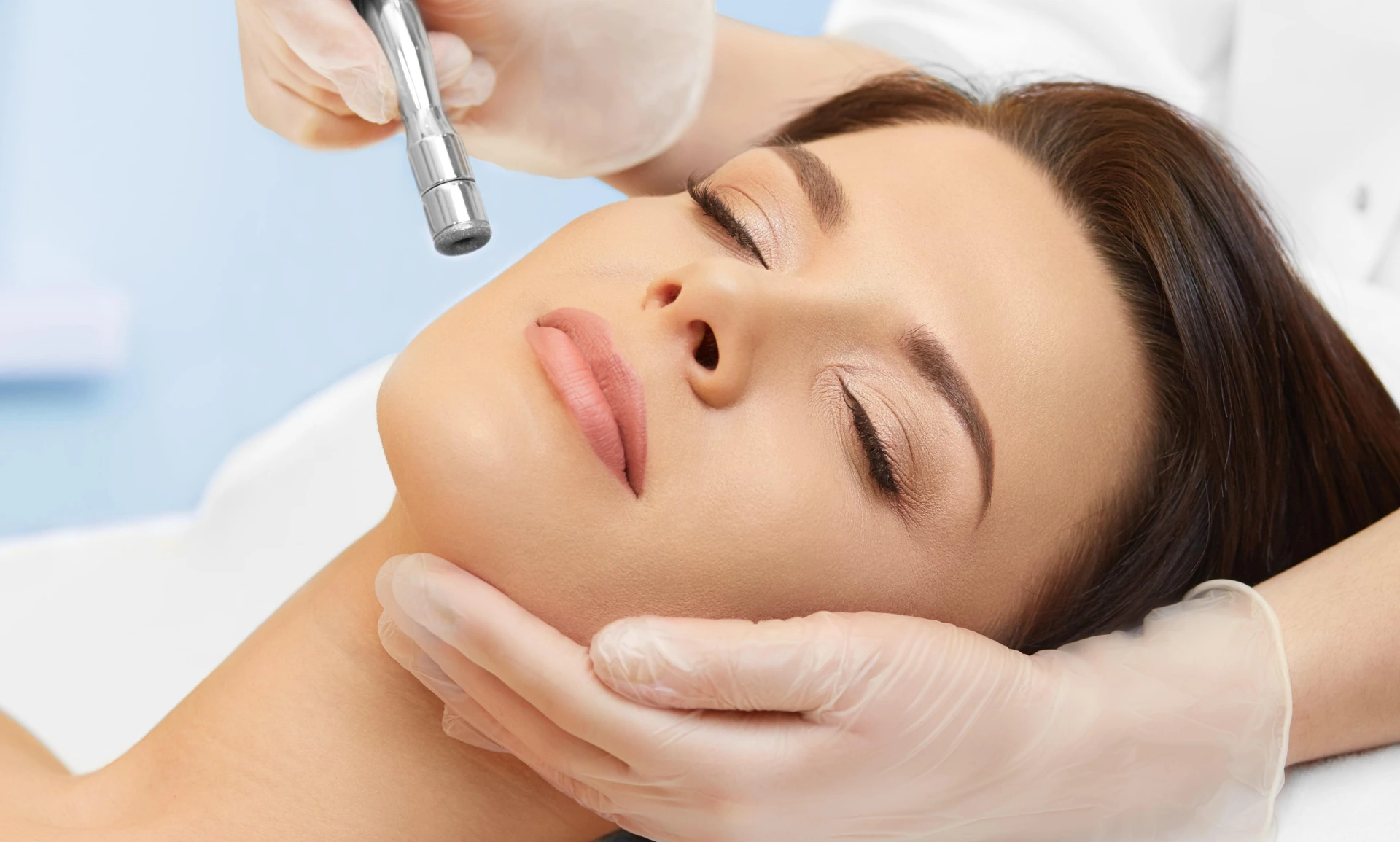
Image Source – Google
Rhinoplasty surgery, commonly referred to as a nose job, is a popular cosmetic procedure that aims to enhance the appearance of the nose. However, beyond its aesthetic benefits, rhinoplasty can also address functional issues such as breathing difficulties and nasal obstructions. This combination of cosmetic and functional improvements makes rhinoplasty a unique and versatile surgical option for individuals looking to improve both the look and function of their nose.
When it comes to the aesthetic aspect of rhinoplasty, patients may have various concerns and goals. Some individuals seek rhinoplasty to address a prominent hump on the bridge of their nose, while others may wish to refine the tip or overall shape of their nose. The goal of cosmetic rhinoplasty is to create a harmonious balance between the nose and other facial features, enhancing the overall appearance of the face. Skilled plastic surgeons take into account the patient's facial anatomy, skin type, and desired outcomes to create a customized treatment plan that will achieve natural-looking results. If you are looking for Rhinoplasty Surgery doctors then you may visit to this site https://clinique7.com/.
Aside from aesthetic improvements, rhinoplasty can also correct structural issues that affect breathing and nasal function. Deviated septum, nasal valve collapse, and enlarged turbinates are common structural problems that can cause breathing difficulties and nasal congestion. Through rhinoplasty surgery, these issues can be addressed by reshaping the nasal structures to improve airflow and restore proper nasal function. Functional rhinoplasty not only enhances the appearance of the nose but also improves the quality of life for patients experiencing breathing problems.
During the rhinoplasty procedure, the surgeon makes incisions either inside the nose (closed rhinoplasty) or across the strip of tissue that separates the nostrils (open rhinoplasty). This allows the surgeon to access and reshape the bone, cartilage, and soft tissues of the nose to achieve the desired aesthetic and functional outcomes. Depending on the patient's specific concerns, the surgeon may perform various techniques such as reducing a hump, refining the tip, narrowing the bridge, or correcting a deviated septum.
Recovery from rhinoplasty typically involves a period of swelling, bruising, and discomfort, which can be managed with pain medication and proper post-operative care. Patients are advised to follow their surgeon's instructions for aftercare, which may include keeping the head elevated, avoiding strenuous activities, and wearing a splint or nasal packing to support the nose during the initial healing phase. While the initial results of rhinoplasty are visible soon after surgery, the final outcomes may take several months to fully manifest as the swelling subsides and the tissues settle into their new shape.
In addition to traditional surgical rhinoplasty, there are also non-surgical alternatives such as injectable fillers and thread lifts that can provide temporary improvements to the appearance of the nose. These minimally invasive procedures can be a good option for individuals looking for subtle enhancements or who are not ready for a surgical commitment. However, it's important to note that non-surgical rhinoplasty cannot address functional issues and may not offer permanent results like traditional surgery.
Whether for aesthetic enhancement or functional improvement, rhinoplasty surgery offers a range of benefits for individuals seeking to transform their nose. By combining the expertise of a skilled plastic surgeon with the latest advancements in surgical techniques, patients can achieve natural-looking results that enhance both the appearance and function of their nose. With proper planning, communication, and aftercare, rhinoplasty can be a transformative experience that helps individuals feel more confident and comfortable in their own skin.
